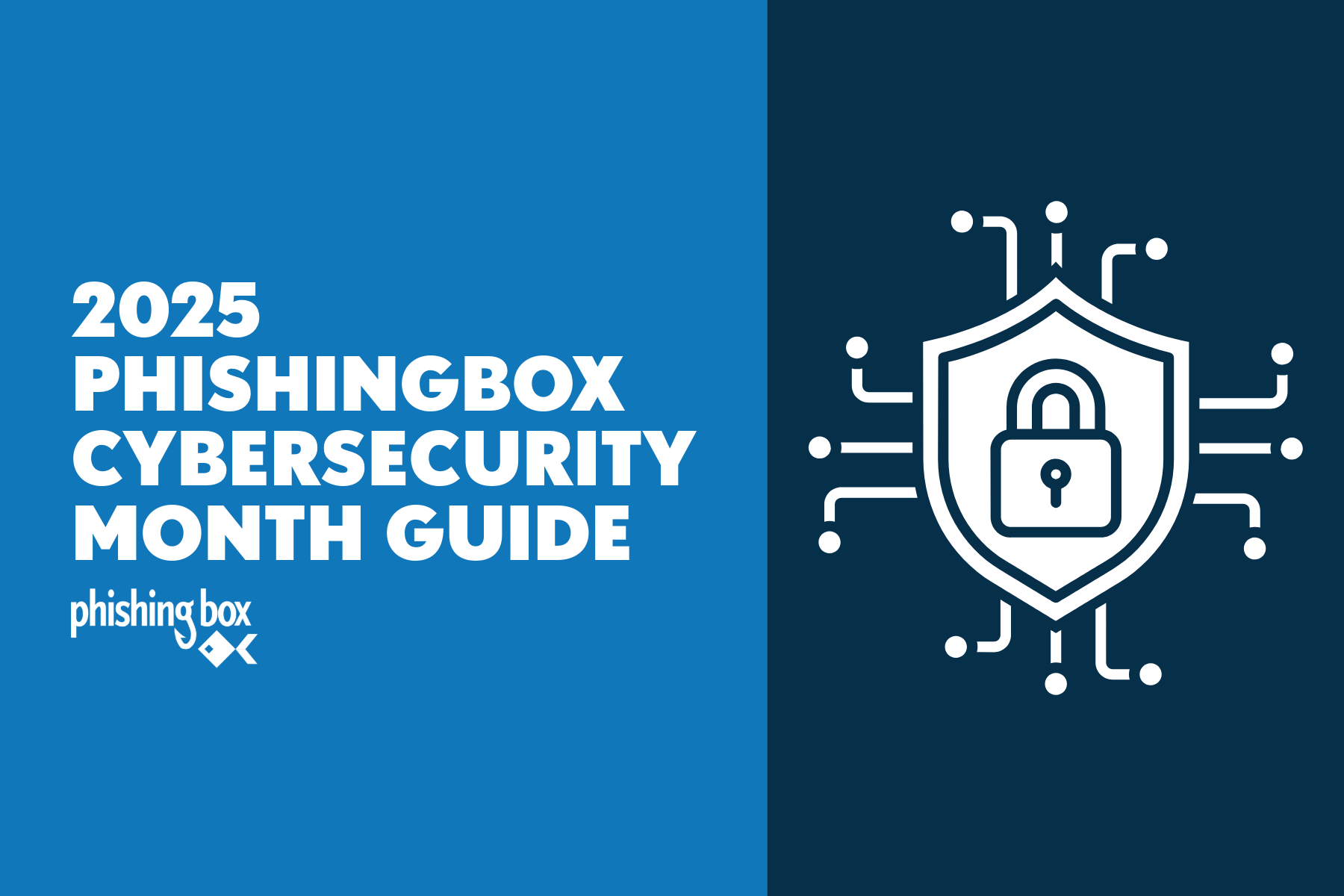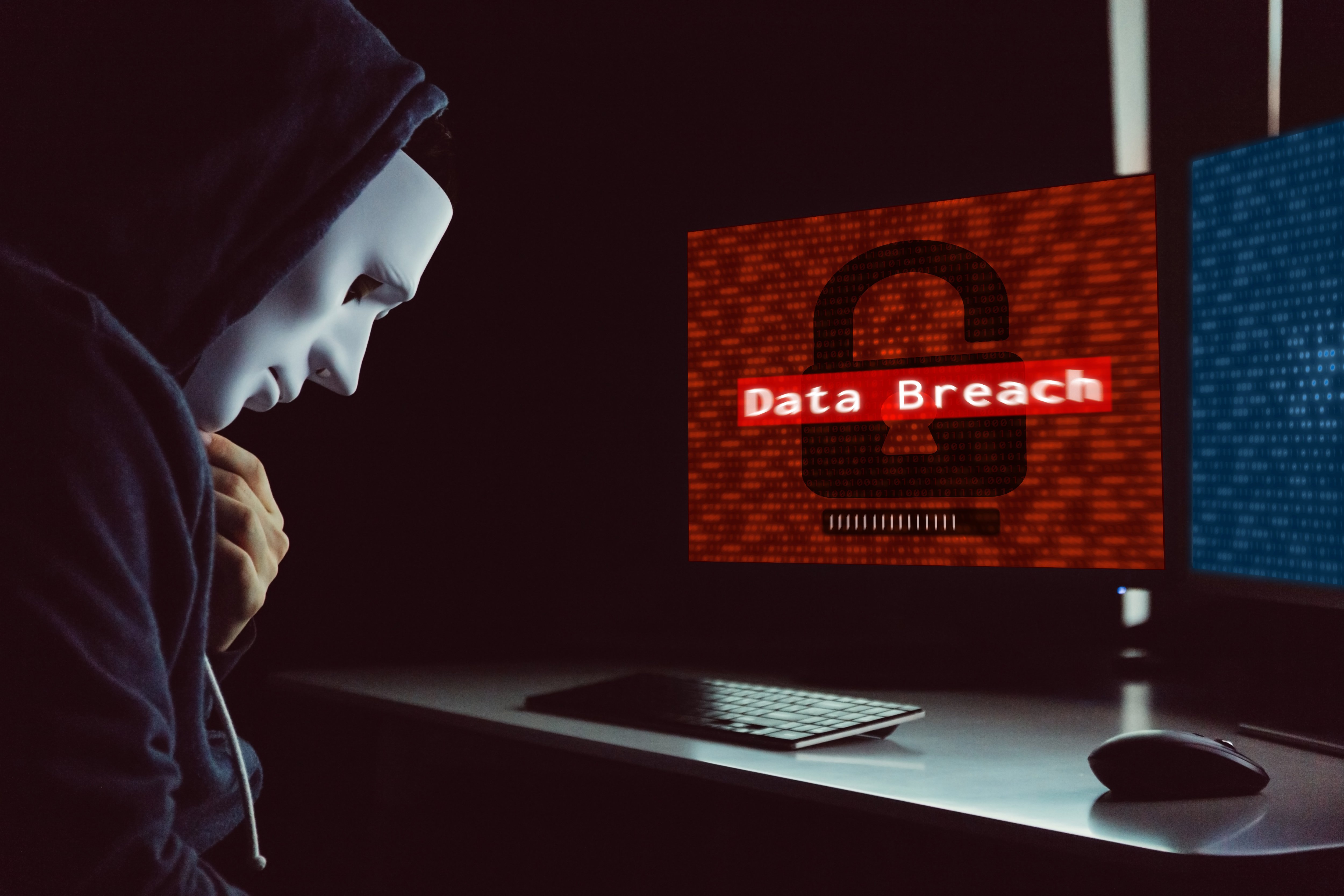A constant concern for every organization in today’s hyper-digital landscape is the growing successful nature of cyberattacks.
Robust cybersecurity strategies are a must. The National Institute of Standards and Technology (NIST) offers guidelines and a compliance standard to fortify your cybersecurity plan.
So what’s the significance of NIST compliance and how can you ensure your organization is NIST-compliant?
The Importance of NIST Compliance
NIST compliance isn't just another acronym in the world of cybersecurity; it's a gold standard. Here's why it matters:
Enhanced Security: NIST guidelines provide a comprehensive roadmap to bolster your organization's overall security posture. Following this standard helps you identify and mitigate vulnerabilities effectively, reducing the risk of cyberattacks.
Reputation Protection: A data breach can severely damage your brand's reputation. By adhering to NIST compliance, you demonstrate your commitment to safeguarding sensitive information, building trust among your customers and partners as well as within your organization.
Legal Obligations: Many industries require organizations to comply with specific cybersecurity standards. NIST compliance helps you meet these legal obligations, preventing costly fines and legal hassles.
Cost Savings: Preventing cyber incidents is more cost-effective than dealing with the aftermath of a breach. NIST compliance helps proactively address security vulnerabilities, potentially saving your organization from financial ruin.
Competitive Advantage: In today's competitive market, customers prioritize securing data. Being NIST-compliant can give your business a competitive edge by attracting security-conscious clients and partners, separating you from the pack.
We've established the importance of NIST compliance, but how can you ensure your organization is on the right track?
Familiarize Yourself with NIST Frameworks: Start by getting well-acquainted with NIST frameworks, such as NIST Special Publication 800-53 and the NIST Cybersecurity Framework. Understand the specific requirements and recommendations they entail for your specific industry.
Assess Your Current Security Practices: Conduct a thorough assessment of your existing security framework. Identify gaps and vulnerabilities that need addressing. This step is crucial in tailoring NIST guidelines to your organization's unique needs.
Develop a Comprehensive Security Policy: Craft a robust security policy aligning with NIST standards. This policy should outline your organization's approach to risk management, data protection, access control, and incident response.
Conduct Regular Audits and Testing: NIST compliance is an ongoing process. Regularly audit and assess your security measures to ensure they remain effective. Conduct penetration testing, vulnerability assessments, and security awareness training for your employees and track improvements and progress.
Stay Informed and Adapt: Cyber threats are continually evolving. Keep current with the latest cybersecurity trends and adapt your security practices accordingly. NIST updates its guidelines, so staying informed and aware of key changes keeps your compliance relevant.
The Bottom Line
Don’t think of NIST compliance as a checkbox. It's a proactive approach focused on safeguarding your business from the ever-present threat of cyberattacks.
By adhering to NIST standards, you protect your organization while positioning yourself as a good steward of data security in an increasingly targeted digital world.
Remember, cybersecurity isn’t a stagnant target and you can use NIST as your guide to successfully navigate the changing tides and latest cyber threat vectors.


